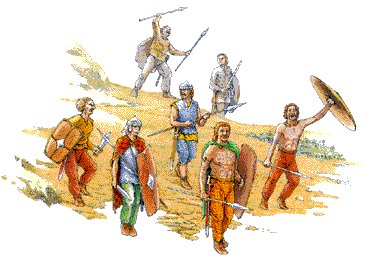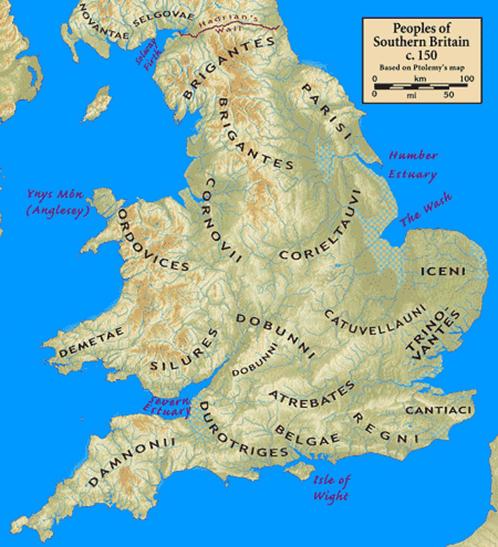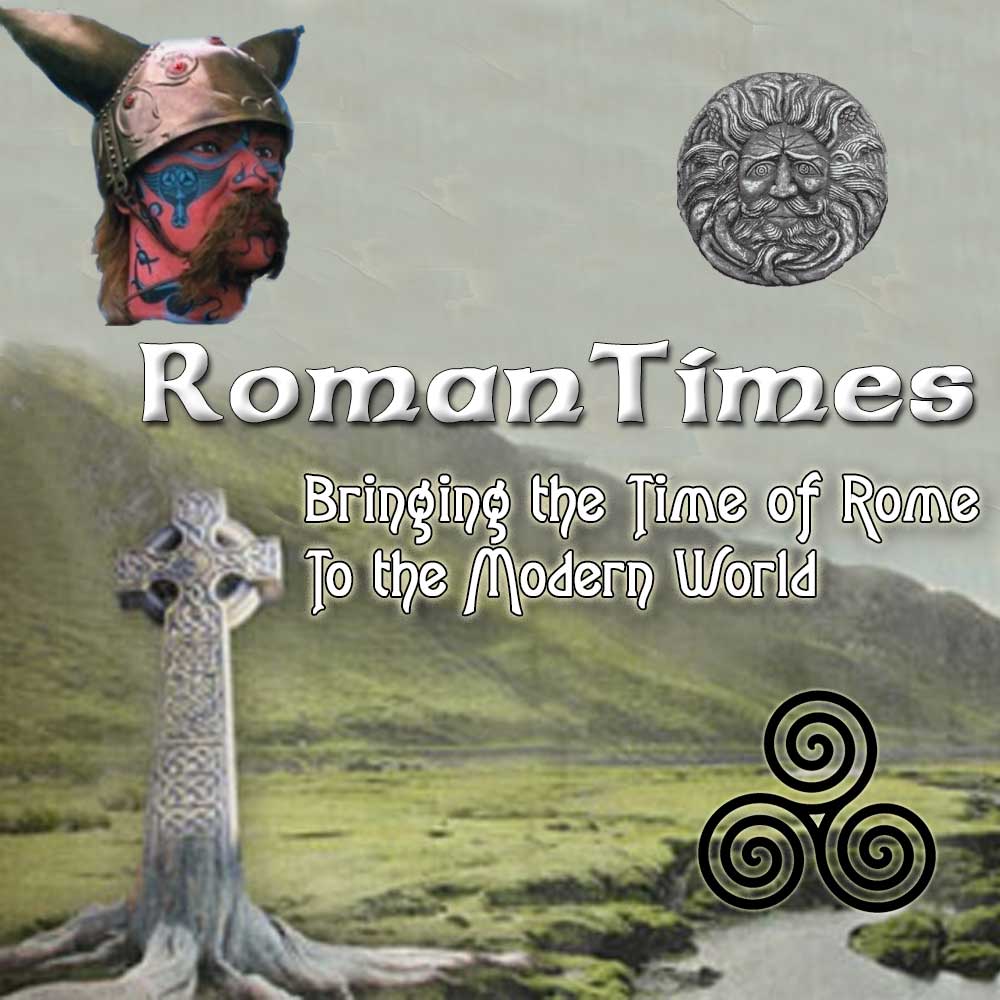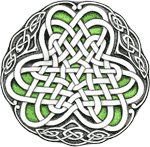Who were the Ancient Celts?
 The word “Celt” is a modern term applied as a generic name for a European cultural group first evident in the 7th or 8th century B.C. The Romans called them Galli and the Greeks called them Keltoi — both meaning barbarians. Their maximum expansion was in the 3rd to 5th century B.C., when they occupied much of Europe north of the Alps. The Celts were not native to Britain, but arrived by the 4th or 5th century B.C. The Gaels, Gauls, Bretons, and Cisalpine Gauls were all considered Celtic people.
The word “Celt” is a modern term applied as a generic name for a European cultural group first evident in the 7th or 8th century B.C. The Romans called them Galli and the Greeks called them Keltoi — both meaning barbarians. Their maximum expansion was in the 3rd to 5th century B.C., when they occupied much of Europe north of the Alps. The Celts were not native to Britain, but arrived by the 4th or 5th century B.C. The Gaels, Gauls, Bretons, and Cisalpine Gauls were all considered Celtic people.
Before the Roman invasions, Britain in the first century BC was divided into regions, each occupied by a tribe. These tribes are commonly referred to by the generic name “Celts”. They were extremely territorial and fiercely independent, believing that war was a necessary part of everyday life and, therefore, fought each other for territory and influence. It was not until Boudicca's rebellion against the Romans (60-61AD) that they first became united.
No Written Language
It appears they had no written language, which means written records of their tribal traditions are scarce. They did, however, pass down their history and culture through an extensive oral tradition. On long winter nights, the tribes would hold gatherings where they would talk of their past victories in battles and the exploits of heroes of the past.
 Coinage is one of the best indicators to determine the extent of each tribal province. Each tribe would manufacture its own coins from base metals mined throughout the region. The coins bore an image of the head of their leader at the time. By analyzing where the coins have been found and matching the image against records of known leaders, it has been established where the borders of each tribe's province were drawn.
Coinage is one of the best indicators to determine the extent of each tribal province. Each tribe would manufacture its own coins from base metals mined throughout the region. The coins bore an image of the head of their leader at the time. By analyzing where the coins have been found and matching the image against records of known leaders, it has been established where the borders of each tribe's province were drawn.
Warfare
Tribal warfare appears to have been a regular feature of Celtic societies. Some of the surviving tales of courageous exploits depict Celtic warfare as more of a sport focused on raids and hunting rather than organized territorial conquest. However, historical records do provide evidence that occasionally warfare was used to exert political control and harass rivals for economic advantage, and in some instances to gain additional territory.
It is impossible to directly compare the strength of one tribe with another, since they were all very similar and the only real difference was the actual numbers in each tribe. Without a good knowledge of the opposing tribe, a leader would not potentially sacrifice their own throne for the sake of a needless war, War was only declared if it was thought necessary and their chances of winning were good. War was common amongst these tribes, but there always had to be a trigger of some sort, such as a raid by an adjoining tribe to steal cattle or women to spark a full scale confrontation.
Methods of Fighting
Each tribe had their own method of fighting battles. By far the most common was in the use of the chariots to charge into the enemy's ranks, swords blazing out death. Once they had done their work, the soldiers would then join the battle at points where their leaders thought they would be most effective. It is important to mention here, that contrary to popular belief, the British chariots did not have swords jutting out from the wheels ready to take the legs off whoever was in range. This is one of those myths that has been around for so long, it has been taken as fact.
As can been seen, this method of fighting was limited to fast assaults where the battle would last a relatively short time. A longer battle involving greater numbers on each side would soon degrade purely due to the physical exhaustion of all involved.
Manhood and the Need to Prove It
A young warrior would not be allowed to enter into battle until he had proved his manhood. He managed to prove himself in open display without the need to confront an enemy in battle. These people had a basic attitude to life. They regarded warfare as a part of life, as did many societies of this type throughout the world. It was considered part of their background to have rites that all young men had to perform to pass from adolescence to manhood. This process would show which youths were the fittest and strongest, thereby, enabling them to develop into mature warriors. The weaker youths or physically uncoordinated did not survive and would often be cast out of the tribe. As such, they would not survive and so perish when left to fend for themselves. A brutal method, but it ensured that the tribe remained strong and healthy.











